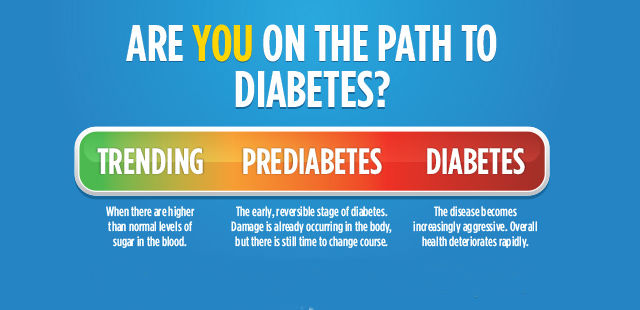By Jeffrey Sachs, MD
My first encounters with patients with diabetes were in a hospital setting in the final two years of medical school. I remember witnessing the complications of diabetes: patients suffered heart attacks or strokes, others required dialysis after kidney failure, still others had chronic numbness or pain caused by the effect of high blood sugar on the nerves in their legs.
These experiences led me to pursue the field of Family Medicine, which highly values the prevention of disease in addition to its treatment. It makes sense to help keep people out of the hospital by preventing illness or complications before they happen. To quote an old expression: “an ounce of prevention is worth a pound of cure”.
As of 2014, it is estimated that almost 30 million Americans have diabetes. In other words, 1 of 10 of our family, friends, or neighbors has the disease. If uncontrolled, diabetes can damage your heart, blood vessels, eyes, kidneys, and nerves. This is why it is so important to get screened for diabetes and take steps to prevent it if you are identified to be at increased risk.
Diabetes is a disease that occurs when your blood sugar, or glucose, is too high. Blood glucose, which comes from the food we eat, is the main source of energy for our bodies. Insulin, a hormone made by the pancreas, moves glucose into our cells so it can be used for energy or stored for later use. In the most common form of diabetes for adults, type 2 diabetes, cells (such as those from muscle or fat tissue) become resistant to the action of insulin, so the pancreas attempts to produce more and more insulin to keep up with the demand as blood sugar increases. Eventually, the pancreas is unable to keep pace, blood sugar becomes uncontrolled, and the disease of diabetes sets in.
Prediabetes means that blood glucose is higher than normal but is not high enough to be diagnosed as type 2 diabetes. It is estimated that 86 million, or 1 out of every 3 U.S. adults, has prediabetes, or what some experts call an increased risk for developing diabetes.
You are at a higher risk of developing type 2 diabetes and should get screened if you are over 45 years, overweight or obese, have high blood pressure, lead an inactive lifestyle, have a family history of type 2 diabetes, or a member of certain races or ethnicities. We have the power to change some of these risk factors through a healthy lifestyle. Talk to your doctor about screening (or listen when they bring it up!) if you have any of these risk factors.
The two most common ways of screening are the hemoglobin A1c test and the fasting plasma glucose test. Glycosylated hemoglobin, or simply A1c, not only provides information to diagnose prediabetes or diabetes, but also gives a snapshot of blood sugar levels over a 3 month period. This test measures the percent of hemoglobin in our red blood cells (which typically have a 3 month lifespan before they are destroyed and replaced by new cells) that have glucose molecules globbed onto them (glycosylated). An A1c of 5.7-6.4% corresponds to a diagnosis of prediabetes and 6.5% or above marks the diagnosis of diabetes. The fasting plasma glucose test (FPG test), is a one-time measurement of your blood glucose level after fasting for at least 8 hours. A result for this test of 100–125 mg/dL corresponds to prediabetes and anything over 126 mg/dL diagnoses diabetes.
Lifestyle changes that either prevent progression to diabetes or its complications are the same whether diagnosed with prediabetes or diabetes. A reduction of body weight of just 5-7% through exercise and healthy diet, (just over 10lbs for someone who weighs 200lbs) can prevent diabetes and provides decreased insulin resistance and better glucose control. Regular physical activity, such as walking for 30 minutes daily for 5 days each week, reduces the risk of the many serious complications that are better to prevent than to treat.
To learn more about diabetes, your individual risk, or lifestyle changes to prevent diabetes, talk with your doctor or visit http://www.diabetes.org/are-you-at-risk/

